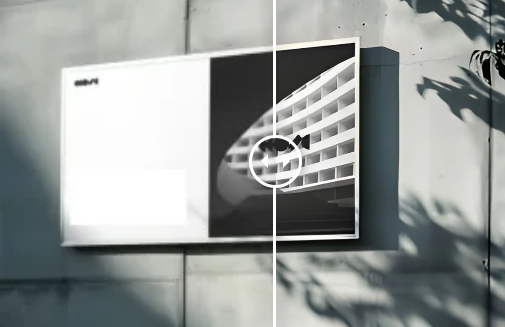Image upscaling isn’t a new problem. But solving it well—especially without introducing blur or artifacts—has historically been difficult. Traditional methods like nearest-neighbor or bicubic interpolation can stretch pixels, but they don’t add detail.
Today, upscale image AI tools are changing that.
These tools don’t just increase pixel counts—they generate plausible, high-resolution versions of input images using deep learning. The result? Sharper images with recovered textures and edges that didn’t exist in the original file.
How AI upscaling actually works
Unlike rule-based interpolation, AI upscalers rely on convolutional neural networks (CNNs) trained on large datasets of low- and high-resolution image pairs. These models learn how real-world textures and edges behave, and can then apply that knowledge to infer missing details.
The typical AI upscaling pipeline looks something like this:
- Preprocessing: The input image is normalized and resized internally
- Feature extraction: The network identifies spatial patterns (edges, corners, gradients)
- Upsampling: Intermediate layers progressively reconstruct higher-resolution outputs
- Refinement: Residual blocks correct local distortions and improve sharpness
The process is surprisingly efficient, especially when models are quantized or pruned for inference.
Example tool: ImageUpscaler 4x
One of the more accessible implementations of this tech is Image Upscaler. It’s a browser-based upscale image AI tool that allows users to upload an image and instantly upscale it by 2x or 4x using a trained neural model.
Features:
- No registration or install required
- Works with JPG, PNG, and WebP
- Preserves edges and texture better than classic interpolation
- Useful for low-quality photos, screenshots, logos, etc.
- Optimized for speed with GPU-backed inference
Try it here: upscale image ai
Technical benefits over traditional methods
| Method | Quality | Detail Reconstruction | Speed | Practical Use |
|---|---|---|---|---|
| Nearest-Neighbor | Poor | None | Fast | Rare |
| Bicubic Interpolation | Average | None | Fast | Legacy tools |
| AI (CNN-based) | Excellent | Context-aware | Moderate | Modern web/tools |
AI-based upscalers are particularly good at handling low-res, compressed, or artifact-heavy images — which is useful in real-world web and mobile development scenarios.
Why developers should care
Even if you’re not building image editing software, AI upscaling can be integrated into many workflows:
- Improve image quality for UI/UX assets on high-DPI screens
- Offer “auto-enhance” options in CMS or SaaS platforms
- Clean up archived or user-uploaded images
- Enhance training data for computer vision models
- Generate higher-quality previews without re-exporting assets
Since tools like ImageUpscaler run in the browser, it’s easy to experiment or plug into frontend workflows.
Final thoughts
The ability to upscale image AI-style is a great example of how deep learning turns previously “unsolvable” design problems into trivial ones. With the right model and enough training data, visual gaps can be filled realistically — often better than the original source.
As screen resolutions continue to rise and image quality becomes central to user experience, having AI-based image enhancement in your toolset isn’t just helpful — it’s increasingly necessary.










Leave a Reply